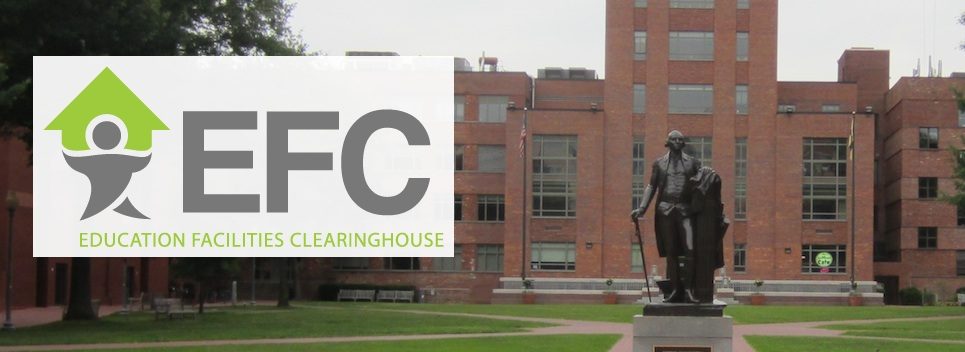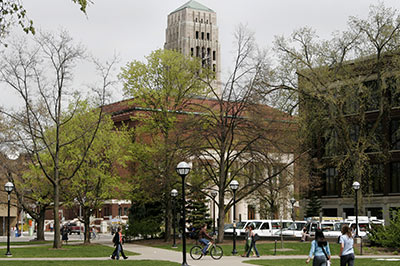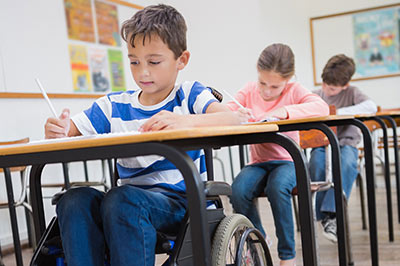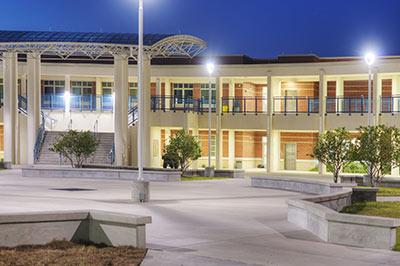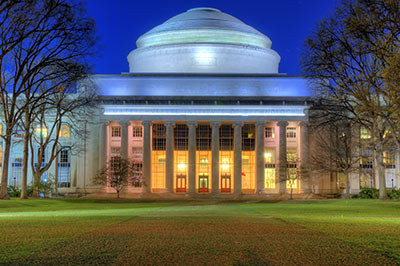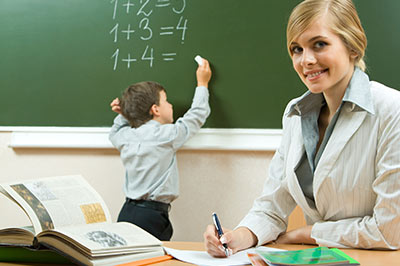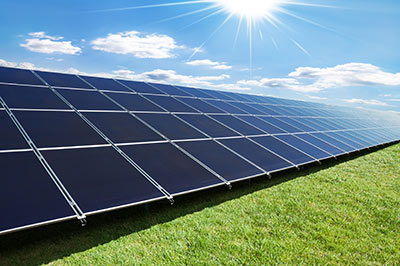Rickes, P. C. (2009). 37 (2)
Millennials are those individuals born between 1982 and 2002, give or take a couple of years (Howe and Strauss 2000, 2007). They represent a generation that began to spill onto college and university campuses at the turn of the millennium and have already had a subtle—and sometimes not so subtle—impact on campus space. Millennials now influence space planning, design, and construction and will continue to transform higher education as they return to campus as faculty and staff.
http://www.rickesassociates.com/downloads/SCUP_MakeWayforMillennials.pdf
